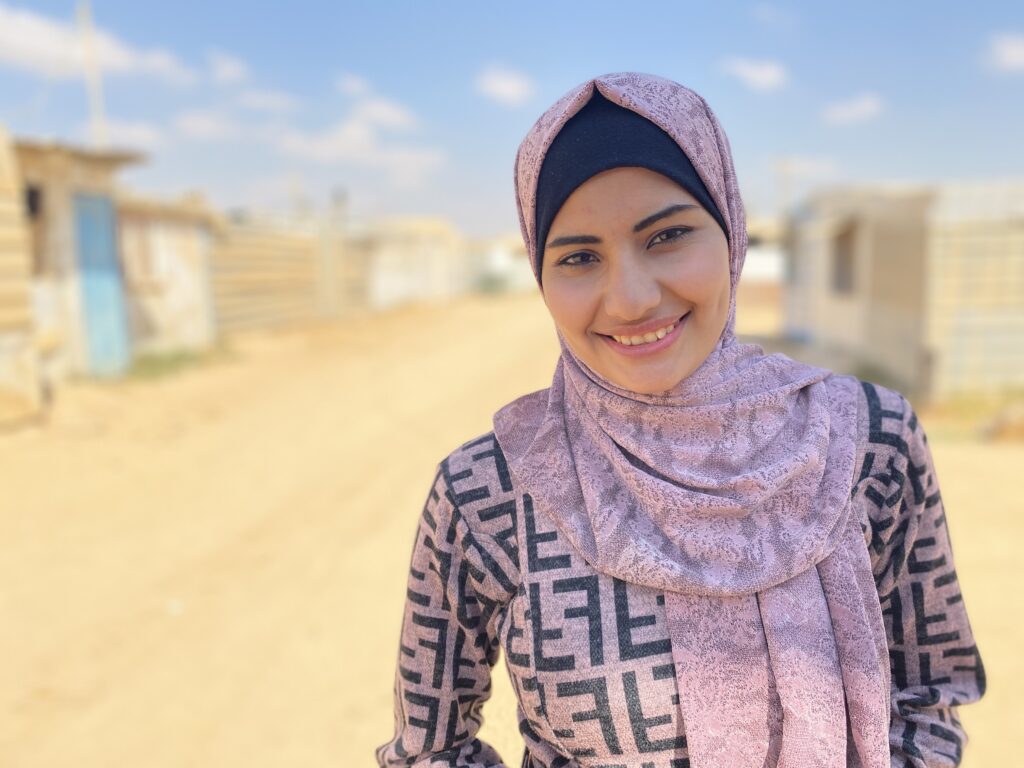When a girl marries, her childhood usually comes to an end. An abundance of evidence shows that child brides are likely to drop out of school, experience early pregnancy and social isolation, and have limited employment prospects.
This is the harsh reality faced by one in five girls around the world.
Child marriage is widely recognized as a human rights violation, yet it persists. The practice not only affects child brides, but also their families, communities and countries at large. It perpetuates cycles of poverty, undermines gender equality, and blocks progress towards the better, fairer world envisioned in the 2030 Agenda for Sustainable Development.
Where is child marriage most common?
More than half a billion girls and women alive today were married during childhood. This burden is not borne equally, however. The largest share of child brides is concentrated in a small number of countries, and the risk of marrying in childhood varies greatly depending on where a girl lives. Half of all child brides worldwide live in just five countries: India, Bangladesh, Nigeria, Indonesia and Brazil. That said, the countries with the highest prevalence of child marriage are concentrated in sub-Saharan Africa.
A commitment to end child marriage by 2030
To address the problem, more concerted global action is urgently needed. If the world is to advance towards the Sustainable Development Goal (SDG) target of eliminating child marriage by 2030, immediate reforms in high-burden countries are crucial.
That is why UNICEF supports the renewed commitment made by the governments of Bangladesh, the Democratic Republic of the Congo, Ethiopia and Nigeria – home to a large share of the world’s child brides – to end child marriage.
Through this commitment, they have pledged action in five evidence-based areas of intervention:
1. Ensure that economic growth reaches the most underprivileged segments of society and put gender-responsive social protection programmes in place to support families in greatest need.
2. Strengthen labour market policies that encourage decent work for women so that parents see value in keeping their daughters in school, and promote policies that address the burden of unpaid care work, which falls disproportionately on girls and women.
3. Invest in quality secondary education that enables girls to gain knowledge, learn skills and improve their future employment prospects.
4. Empower girls who are already married, divorced or widowed by supporting their continuation or re-entry into school, and improve their access to health care.
5. Tackle harmful gender norms and power dynamics across all efforts to ensure that girls are empowered to speak up and make their own choices regarding if, when and whom they will marry.
The path ahead: Using data to galvanize action
There is no time to lose. Despite advancements on many fronts over the years, recent events have set back progress. Before the COVID-19 pandemic, according to UNICEF estimates, 100 million girls were projected to become child brides over the next decade. An additional 10 million girls are now at risk of child marriage by 2030 due to the pandemic.[1] A combination of factors are contributing to this elevated risk, including economic shocks, school closures and interruptions in services. In many areas of the world, the risk of child marriage is further compounded by the insecurity and threats brought on by conflict and climate change.
To help address the problem, UNICEF is proud to lead the Child Marriage Monitoring Mechanism (CMMM), an initiative that highlights the issue of child marriage by promoting the use of data to raise its visibility, hone policy approaches and sustain commitment and financing. This monitoring mechanism aims to put data in the hands of a wide range of stakeholders, in the understanding that ending child marriage requires collaborative efforts by many types of data users. In light of its role as custodian agency for Sustainable Development Goal 5.3.1, UNICEF serves as technical lead of the CMMM.
Through the Child Marriage Monitoring Mechanism, we stand with governments and partners to increase investments to end child marriage today, and to chart brighter futures for all girls, everywhere.
The Child Marriage Monitoring Mechanism is generously supported by the governments of Belgium, Canada, Italy, the Netherlands, Norway and the United Kingdom, along with the European Union and Zonta International.
[1] United Nations Children’s Fund, COVID-19: A threat to progress against child marriage, UNICEF, New York, 2021.
